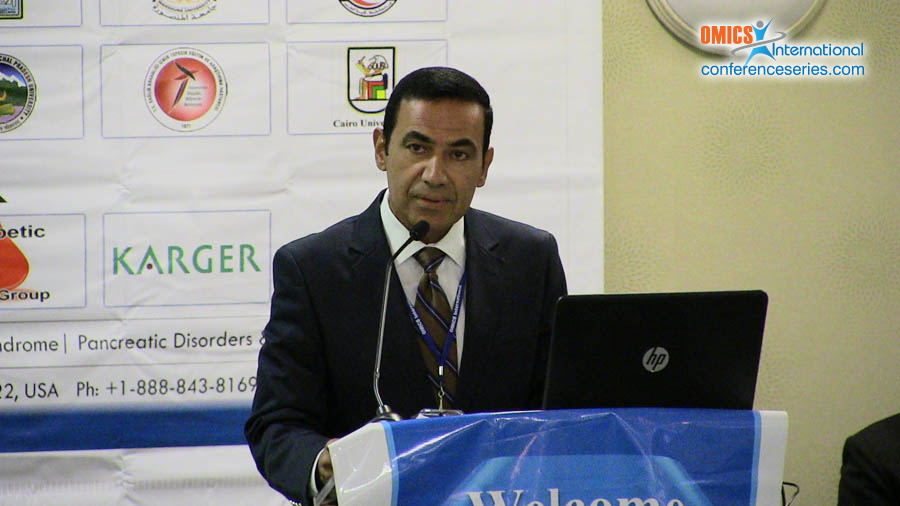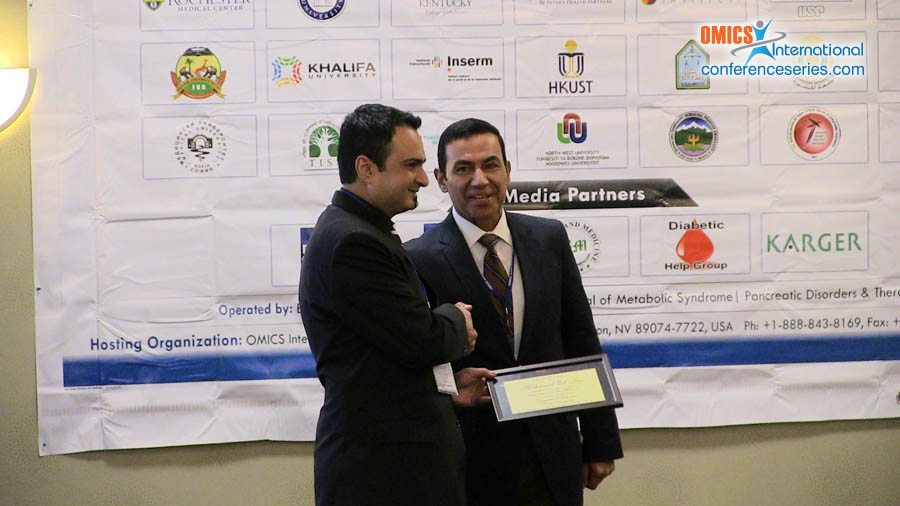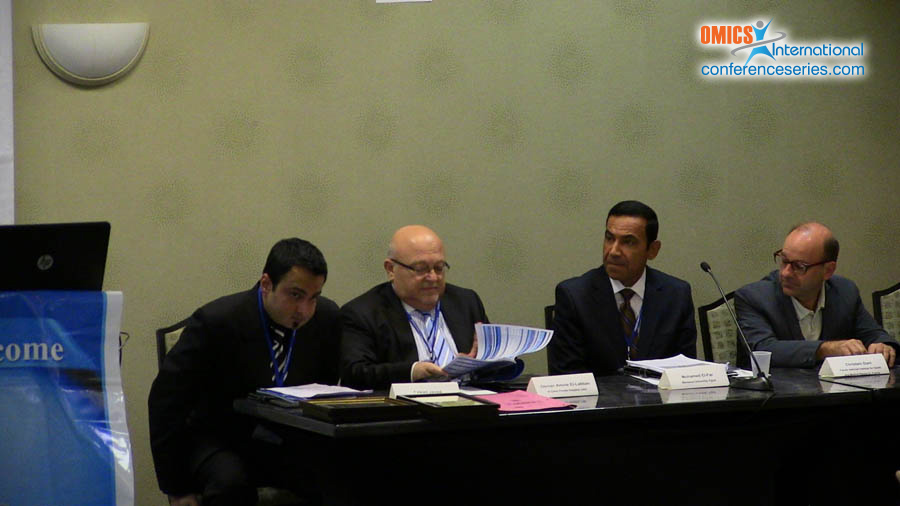
Mohamed El-Far
Mansoura University, Egypt
Title: Triggering central role of antioxidant defense in the management of Diabetes in potential therapy by stem cells, Silymarin and Silibinin in Diabetic rats: An overview
Biography
Biography: Mohamed El-Far
Abstract
In this presentation we will give insight for novel evidence(s) raised from our research groups studies in last five years about triggering central role of restoring as well as augmenting antioxidant defense by using adult bone marrow hematopoietic rich stem cells (HSCs), Silymarin (SM) and silibinin (SB) to produce remarkable antidiabetic activities in STZ-diabetic rats. Two strategies were adopted to activate pancreatic cell therapy via possible regeneration of pancreatic cells, stimulation of β-cells, and enhancement of insulin release. Protocol I: HSCs were transplanted into tests of STZ-diabetic rats to evaluate its effectiveness on blood glucose, insulin level, antioxidant capacity and oxidative stress biomarker (MDA), before and after transplantation. Also, all biochemical parameters were determined and monitored their levels following orchidectomy of the grafted tests. Protocol II: SM and SB oral treatments of diabetic rats (75mg/kg/2weeks) were performed. Blood and liver samples were collected from non-treated diabetic and treated-diabetic rats by both natural agents. Blood glucose, glycosylated haemoglobin, insulin, lipid profile were determined in all animals. Also, hepatic MDA, GSH and SOD were measured for all animals. Results and Conclusions: HSCs, SM and SB treatments have made statistically significant improvement of glucose, insulin, lipid profile, antioxidant status and lipid peroxidation biomarkers. Hypoglycemic action in all different treated groups were attributed to stem cells, SM and SB stimulating action(s) of β-cells for insulin secretion, and their ability to augment and restore antioxidant defense properties, in addition, diminished oxidative stress properties. We provided- first- comparative antidiabetic assessment between SM and SB as potential adjuvant for prevention and treatment of diabetes in rats. References: El-Far et al. Current Topics in Biochemical Research, 2012:14(2): 25-37. El-Far et al. World Journal of Pharmacy and Pharmaceutical Science.





